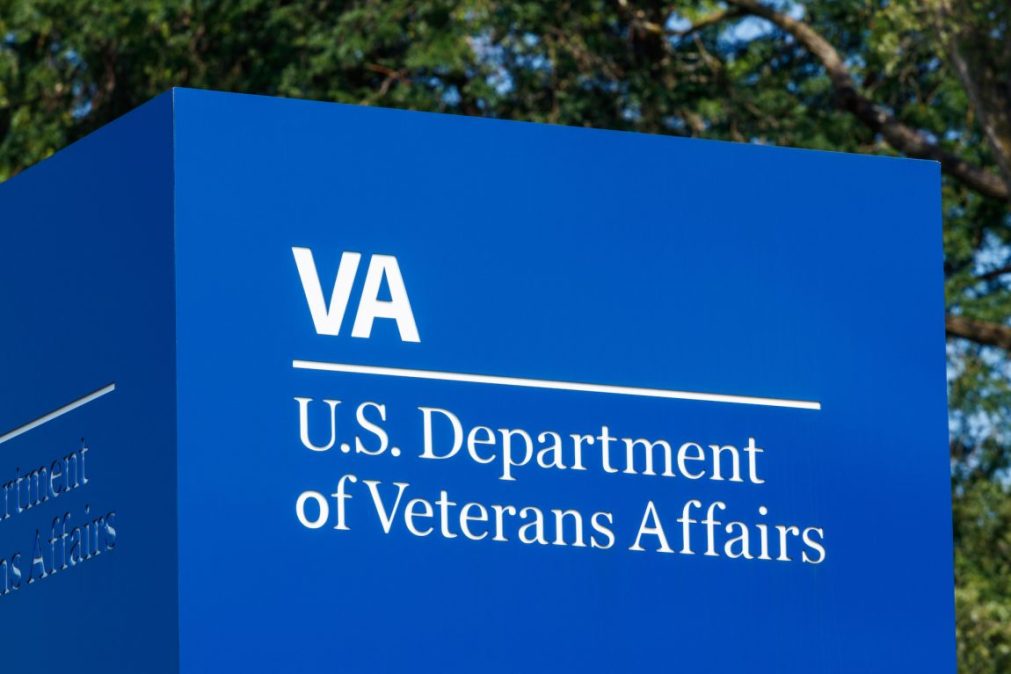Telework appears to have benefitted human-centered design, says VA experience leader

The Department of Veterans Affairs’ approach to human-centered design so far appears to have benefitted from remote evidence gathering, according to a user design leader at the department.
Speaking on Monday, Barbara Morton, VA deputy chief experience officer, said that although it will take at least another year to fully understand the impacts of teleworking on project research, it seems so far to have enabled the inclusion of a wider range of views from veterans.
“If I think about [human-centered design] and the reach we are now able to have…we have veterans all over the world that we are now able to connect with,” said Morton. “What a great opportunity for us to be able to reach veterans living abroad who previously we wouldn’t have been able to send a team to connect with.”
“Have [staff] noticed any differences in terms of being able to have a dialogue [with interviewees]? So far, they haven’t raised any red flags,” Morton added during a panel at the ACT-IAC 2021 Imagine Nation conference in Hershey, Penn.
Human-centered design is an iterative approach to technology design that is centered on extensive customer research at the start of the acquisition process. According to the VA, it forms the basis of many of the department’s current initiatives.
Where previously the VA would undertake extensive in-person evidence gathering and send teams out to interview subjects, during the pandemic the department adapted to gather a wider array of evidence through remote interviews.
According to Morton, the VA was forced to pause some facets of design research that needed to be done in person, such as interviews on sensitive medical topics.
VA’s approach to human-centered design was adopted following a crisis at the VA hospital in Phoenix, Ariz., in 2014 when 40 veterans died waiting for care.






